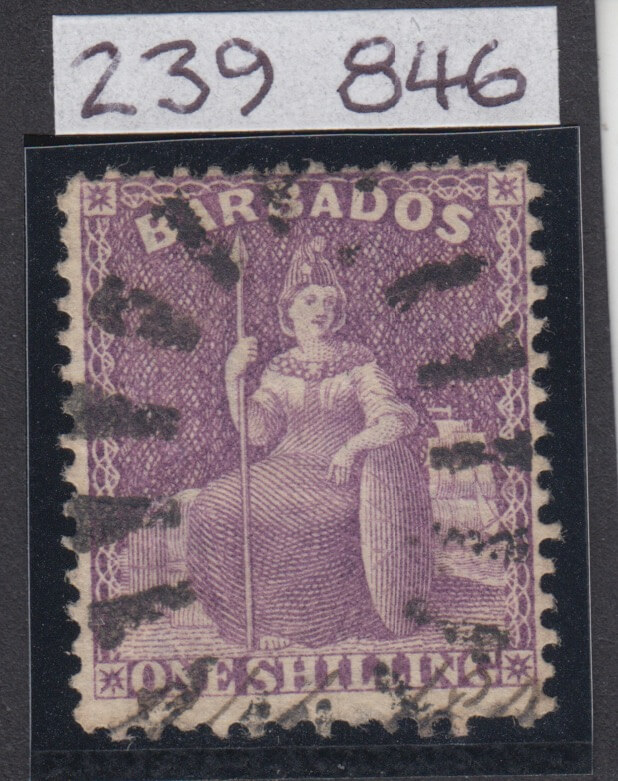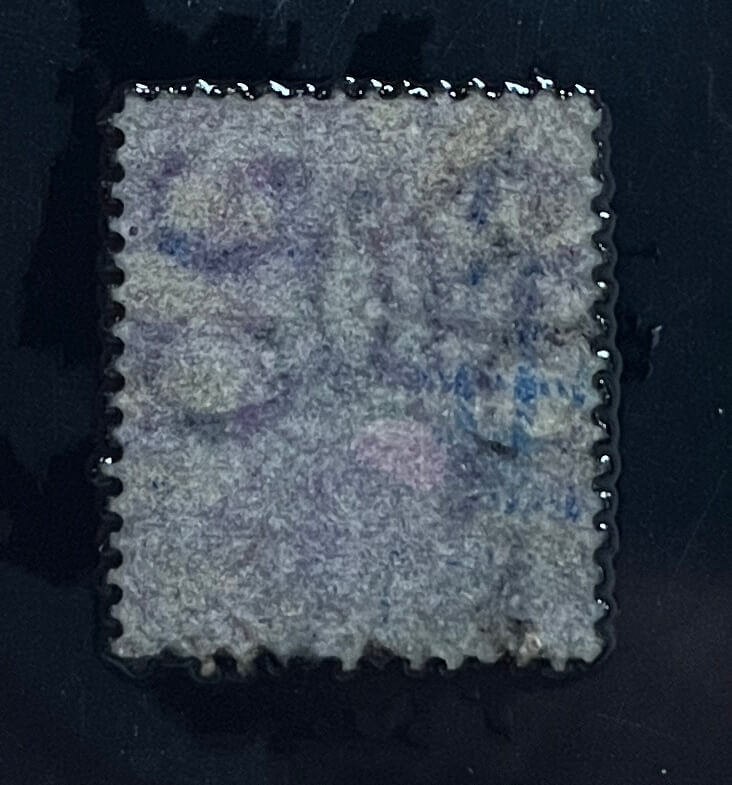
They say that the last word in philately is never written, and my recent experience proves the point.
I spotted a mixed lot of Barbados Britannia stamps on eBay, one of which had a really nice postmark, so I thought I would bid on it. A week later, after a few other competing bids, I won the lot and the stamps arrived in due course. So far, so ordinary.
The stamps then sat on my desk for almost a month before I found the time to sit and examine them and sure enough, the one with the nice postmark was perfect, so I added it into my collection. I then thought I should check the quality of the remaining stamps in the lot, many of which were poorer copies than I would normally collect.
Several of the stamps were from the first De La Rue printings from 1886-1890, and new watermark discoveries have been a feature of these stamps for some time. Stanley Gibbons Part 1 for example, seems to add one or more new varieties every year, so I thought I’d check the watermarks. One or two turned out to be inverted or reversed, and good enough to add to the collection, and then I spotted this stamp.

At first, the watermark seemed odd and I thought perhaps that it was another reversed or inverted, but then when I examined it closer I could see it was a sideways watermark. What it turned out to be, in fact, was ‘Crown to the right of CC’ as you can see below:

A quick check in the catalogue and I can see that this variety is not listed, so may qualify as a new discovery. Despite the perfs not being perfect, I think this is still a keeper.
The next step is to send it to Stanley Gibbons to see if they will consider it for inclusion in the October 2025 edition, in which case, this becomes the ‘discovery stamp’.
All of which goes to show, there are still hidden varieties lurking in collections across the world, so keep your eyes peeled and never assume that the stamp you are looking at is just another common or garden example; it may be something much rarer.

Nice find. Great to discover a new variety. Well done.